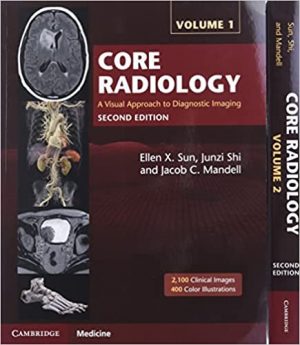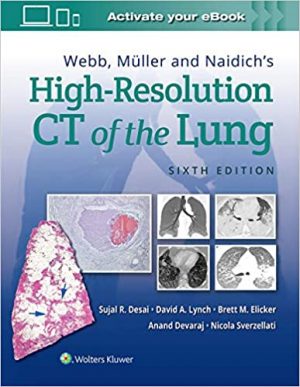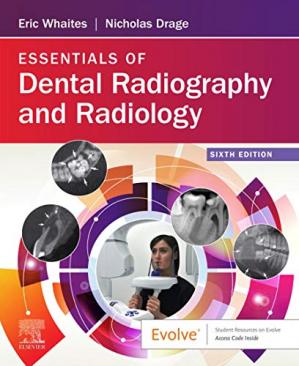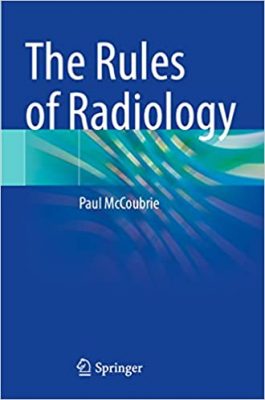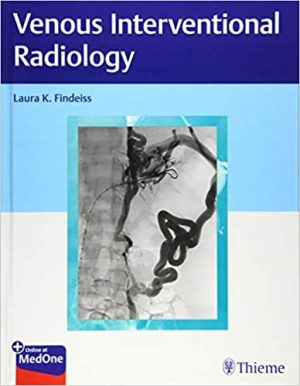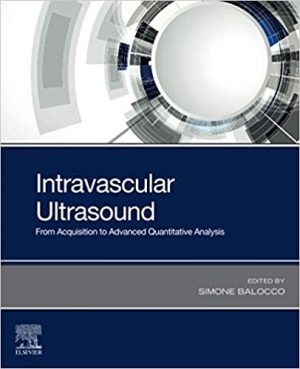Chapman & Nakielny’s Aids to Radiological Differential Diagnosis 7th Edition
Chapman & Nakielny’s Aids to Radiological Differential Diagnosis 7th Edition
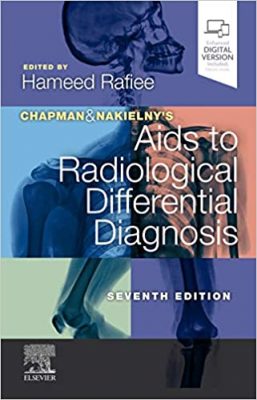
Chapman & Nakielny’s Aids to Radiological Differential Diagnosis is a well-loved radiology resource, used by trainees and practitioners worldwide to hone their knowledge of radiological differential diagnosis for the most commonly encountered conditions throughout the body. It is an invaluable quick-reference companion in everyday practice, as well as an essential study tool when preparing for the FRCR or similar examinations.
First published 35 years ago Stephen Chapman and Richard Nakielny’s original aims remain as relevant today as when the book was originally conceived. However radiology has expanded rapidly in recent years and this Seventh Edition is the biggest revision this book has had in its long history with major changes incorporated into nearly every section.
-
- Comprehensive lists of differential diagnoses to aid effective diagnoses
-
- Closely aligned to the needs of current FRCR curriculum
- Brief, to the point text and clear page format allows for rapid access to key information
-
- Part 2 of the book has been restructured to focus on multisystem disorders which cannot be fully covered in the individual chapters in Part 1.
-
- A new chapter on Nuclear Medicine has been added to reflect its importance in modern medical imaging.
-
- The chapter on head and neck conditions has been significantly expanded.
-
- Important discriminating features have been added to nearly every differential to aid the reader in developing a strategy for reaching a diagnosis.
- The top differentials in each list which are considered important for radiology trainees to learn for exams are underlined.
DOWNLOAD THIS MEDICAL BOOK

